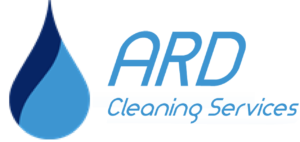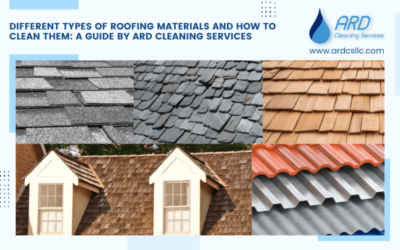Your roof acts as a shield between you and the harsh weather conditions. It protects you from cold, heat, and rain. But over time, your roof becomes susceptible to damage from various weather phenomena.
To avoid this, you must inspect your roof from time to time and take prompt action if something is wrong. So, to help you out, our experts have listed all the things you should include in your roof inspection checklist to ensure a thorough checkup.
Things to Include in a Roof Inspection Checklist
Safety First
Before you start the inspection, ensure your safety by using a sturdy ladder, wearing non-slip shoes, and paying close attention to loose debris and cracked shingles.
Note: Avoid roof inspection after rain, as the roof is slippery. Wait until your roof dries.
1. Shingles and Tiles
Start by inspecting the shingles. Look for curled or cracked ones, and keep an eye out for granule loss, as that indicates shingle deterioration. Also, examine for any signs of moss or algal growth. If there are lots of accumulated contaminants, plan to clean your shingle roof immediately.
2. Flashing
Properly examine the flashing around chimneys, skylights, and vents. If there is any damage to the flashing, it can lead to water leaks on your ceiling.
3. Gutters and Downspouts
Clogged gutters and downspouts can contribute to major water damage. So clean out the gutter to prevent debris buildup and water pooling on the roof. Also, check for sagging or damaged gutters and ensure they are securely attached.
4. Fascia and Soffit
You’ll find the exterior soffit just beneath the span of rafter lines, and Fascia is the band you see at the end of the rafters. Inspect these things properly for signs of moisture damage. Also, check for pest infestation, as that can ruin the structural integrity of your roof.
5. Moss or Algal Growth
Apart from shingles, moss and algae can grow anywhere on your roof and affect the structural integrity of your roof. So remove moss from your roof as soon as you spot it to prevent any future damage to your roofing.
6. Attic
If you have an attic, inspect the underside of your roof from it. Look out for water stains, mold growth, and any signs of a leak. Address any problem you encounter quickly and ensure proper ventilation in your attic to avoid future issues.
7. Ceilings and Walls
Your ceilings and walls are an excellent indicator of damage to your roof. When you are checking them, look closely for issues like holes, wood rot, mold growth, and water stains. If the extent of damage is large, contact your roofers right away!
8. Chimney
Next, inspect the chimney from your roof. Study every minute detail and check for loose bricks or debris. Also, ensure the chimney cap is tight to prevent the entry of water and pests.
9. Skylight
Finally, check your skylight and the grout around it. Ensure that it’s properly sealed to prevent any leaks or damage in the future.
10. Document the Inspection
After finishing the inspection, list all your findings in a single notebook. Separate the issues based on their urgency and get to work tackling them.
Bottom Line
A roof inspection is essential to confirm there is no problem with your roof and ensure that it can withstand the outside weather conditions and protect your home. But while inspecting your roof, take proper safety precautions or contact an expert for the job.



